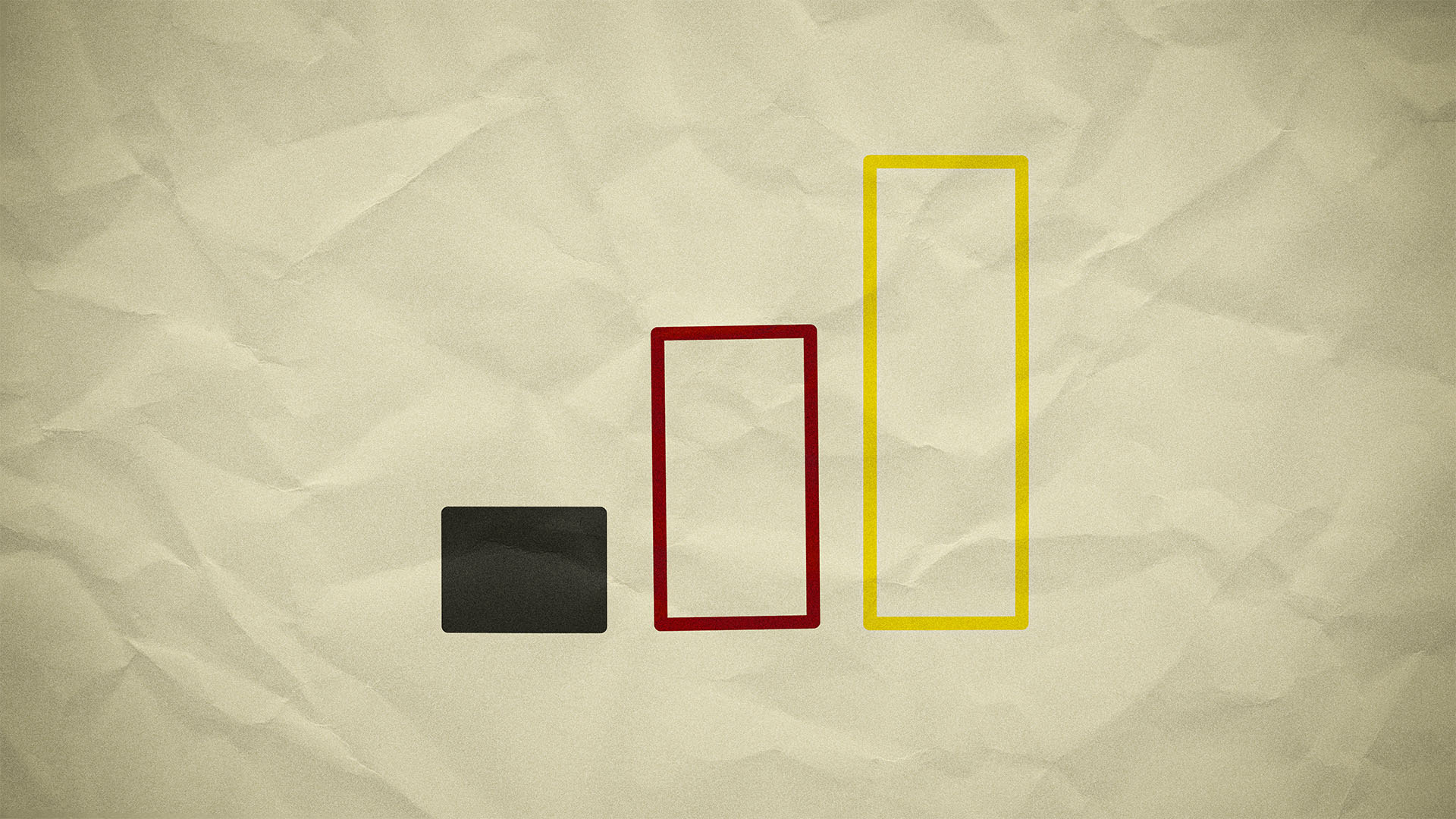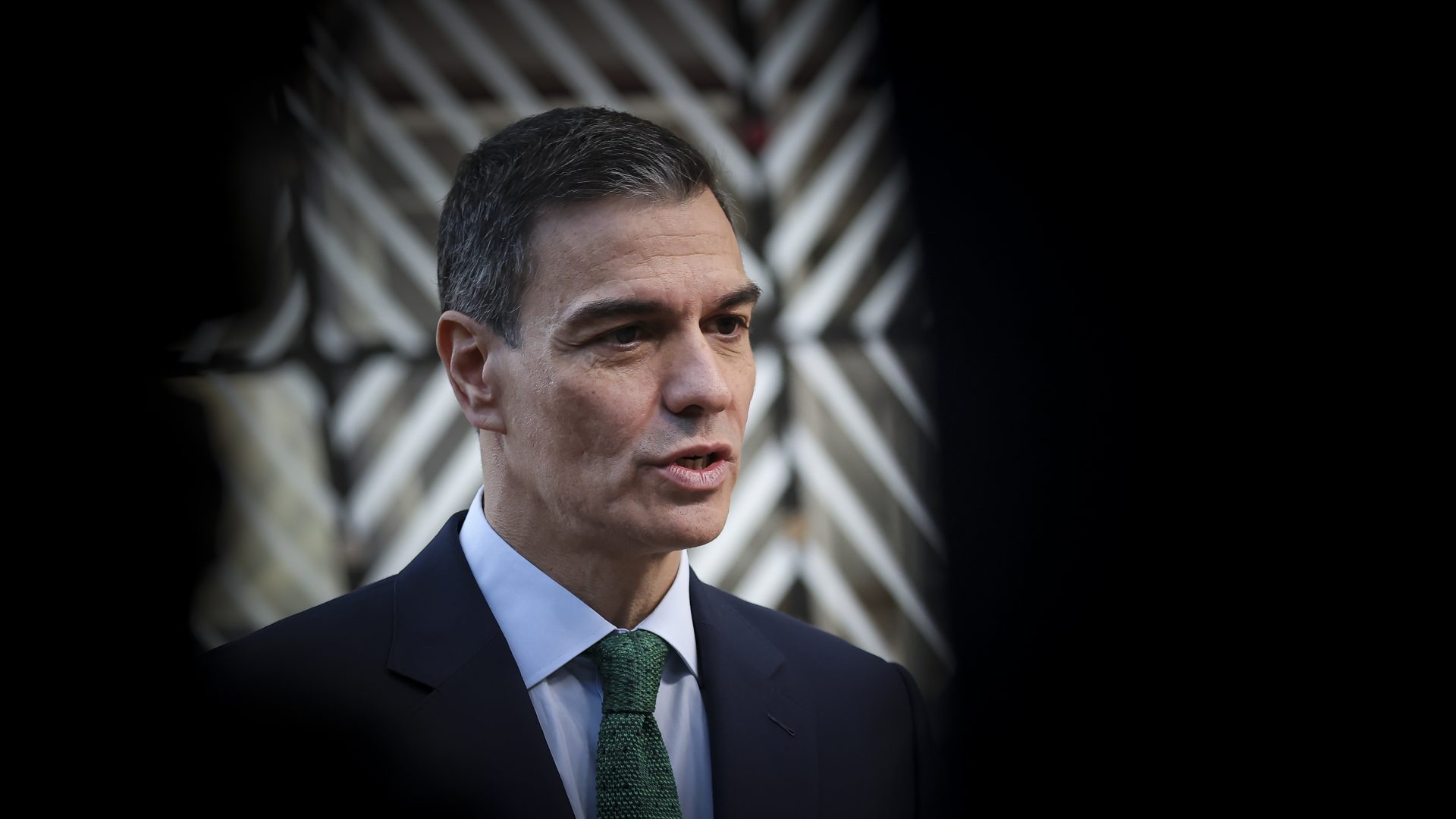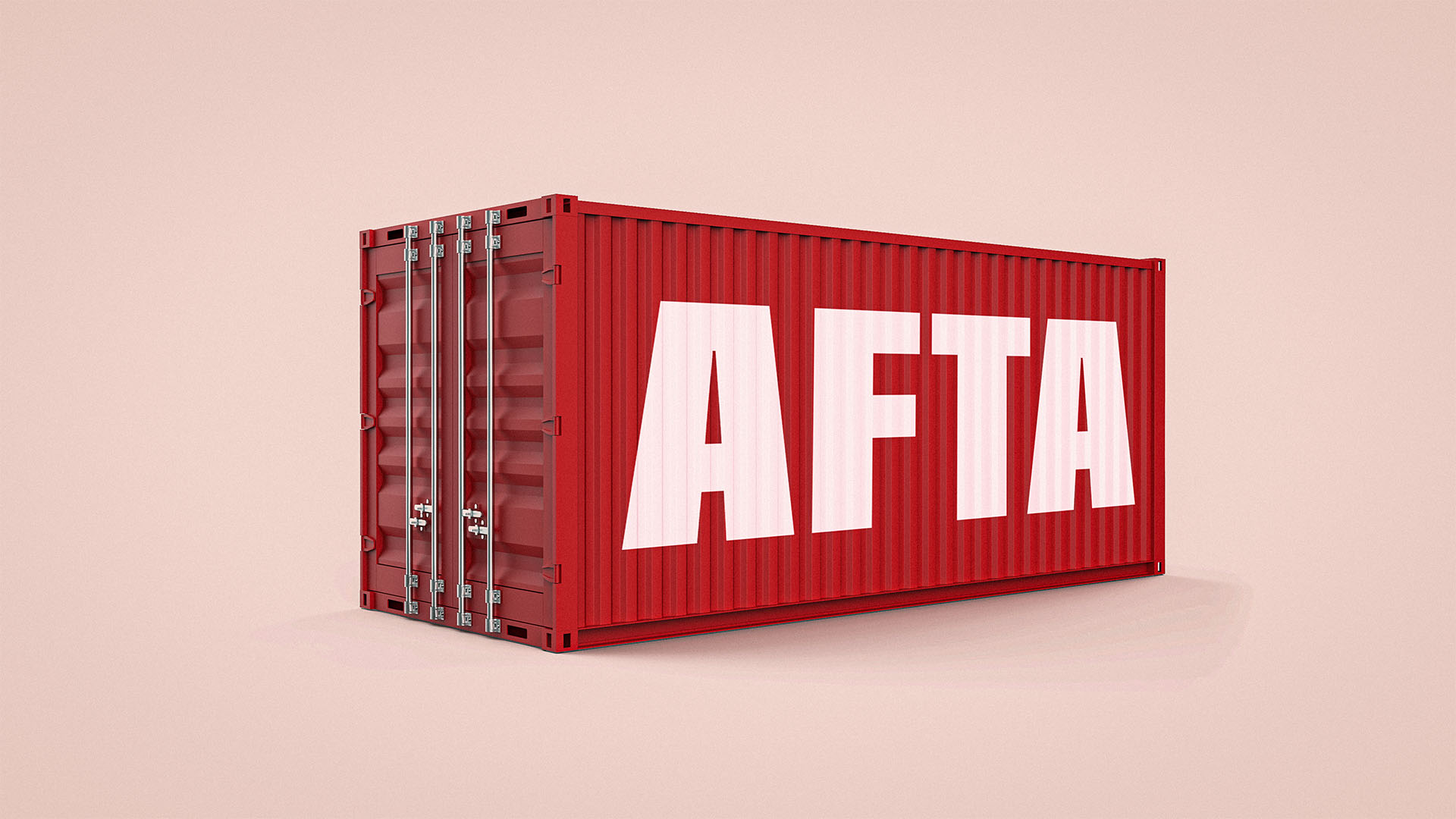Last weekend, my sister and I had to make a family visit to the sparsely populated northern state of Mecklenburg-Vorpommern. It was a beautiful day, so we ditched the Autobahn for scenic country roads on our 2½-hour trip. Since I don’t own a car in Berlin, I booked one via a car-sharing service.
Driving through Brandenburg we admired the grey herons and storks, the beech forests, the lakes and the legendary oak-lined avenues. We also lamented a few dead foxes whose journey hadn’t gone quite as smoothly as ours. Eventually, we arrived at our very rural destination, where I put our VW Polo in park mode via the Free Now app.
When it was time to leave, I tapped my phone to unlock the car. Nothing. The app was stuck on the loading screen, the spinner spinning. Free Now suddenly felt like anything but free. My mobile phone had lost its signal. My sister’s, too, making us rather immobile. We were locked out in the land of no bars.
Germany’s mobile networks have long been a source of national embarrassment, despite the insistence of politicians and phone companies that things have improved since the first frequency auction in 2000. Back then, across Europe, governments cashed in by selling off the valuable UMTS spectrum. Or rather: some did, the UK and Germany among them.
You could argue that frequencies – being a naturally scarce resource not created by the state in the first place – should be managed in a way to maximise accessibility, not treated as a cash cow. Yeah, well…
In Germany, the auction winners paid a total of around 99bn deutsche marks (£42bn). Not much, considering the British Vodafone group had just taken over its German competitor Mannesmann for the equivalent of 360bn marks in the largest corporate acquisition in history.
In hindsight, however, the amounts paid for licenses and takeovers had been too high and the stock prices nosedived, resulting in record losses (for the exchequer, too). Companies ran out of funds for actual network expansion.
Other countries – the Netherlands, Finland, Spain, France and Austria – resisted the temptation of a windfall for the treasury. They held beauty contests instead of auctions, rewarding those who promised to invest in infrastructure (and usually favouring national providers over foreign competitors).
In Germany, however, the term Funkloch – literally “radio hole” – was born. To this day, many Germans are on a first-name basis with their local dead spot.
When in office, Peter Altmaier, the former economy minister, admitted he asked his office to no longer “put foreign ministerial colleagues through when I’m on the road because it’s totally embarrassing when I have to call back three or four times because I get cut off all the time.”
So why didn’t his government do something about it? They tried: in 2018, the Bundesnetzagentur (Federal Network Agency) ordered operators to provide 99% household coverage. Mission accomplished? Not quite, the flaw in the plan was the keyword “household” – not land area.
While Deutsche Telekom now covers 99.6% of households with 4G and 98% with 5G, its land area coverage is at 92% for 4G and 84.4% for 5G. O2 and Vodafone? Even worse.
This means tons of dead zones in sparsely populated areas, including along railways and roads. So, while boasting the most expensive mobile tariffs in the EU, Germany only has a mediocre ranking when it comes to network coverage.
This should finally change. In theory. Last month, the Bundesnetzagentur, instead of forcing providers into another bidding war, extended existing licences for five years – with strings attached.
By 2030, for instance, operators must provide 50 megabits per second across 99.5% of Germany’s land area and minimum coverage will be required on all roads, not just on the Autobahn.
How this will happen is a mystery. Will we be allowed to roam on to rival networks, like when you’re abroad? Or will there finally be more masts? Given that installing a single cell tower can take more than two years in Germany – thanks to red tape and nimby lawsuits – don’t hold your breath.
As for our road trip? We begged the carers at the nursing home we visited to let me into their wifi. Standing by a window, I finally managed to unlock the VW and drive back to Berlin – where, fittingly, my own private Funkloch is in the living room.




